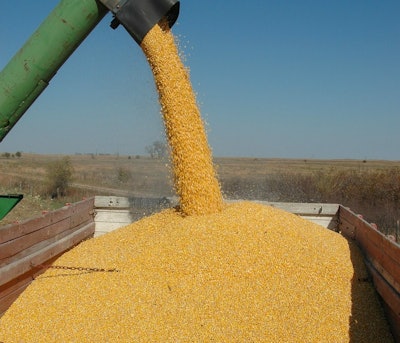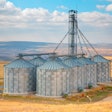
USDA Report Expectations
- The next monthly USDA report is due March 9, with average trade expectations leaning toward slightly tighter ending stocks.
- The average estimate for corn sees stocks at 1,450 million bushels, down from 1,502 last month, and below 1,995 million last year.
- Feed usage may be left unchanged, but many look for potential revisions in exports higher and corn for ethanol usage lower.
- Soybean stocks are expected to tighten further to 115 million bushels from 120 million last month, compared to 523 million last year.
- Export and crush demand remain at record levels, but there is little room on the balance sheet to forecast greater demand.
- No changes are expected for total wheat stocks with the average of analysts projections at 836 million bushels, down from last year’s 1,028 million.
- World stocks of corn are expected down 2 million tonnes to 284.4 million, and soybeans are seen 1 million lower at 82.5 million.
FBN’sTake OnWhat It Means:While large changes are not expected, this month’s reports are expected to reiterate the tight stocks situation for corn and soybeans, which have been supporting higher prices. The more anticipated and potentially market moving reports will come at the end of the month with Prospective Plantings and Quarterly Grain Stocks.

Argentina Crop Conditions
- Buenos Aires Grain Exchange reported early corn harvest at 2% versus 3% average.
- Corn conditions declined to 25% good to excellent from 30% last week due to recent dryness.
- The exchange kept its production forecast unchanged at 46 million tonnes, compared to the USDA at 47.5 million.
- 85% of the soy crop is forming pods versus 90% average, while 41% of the crop has reached pod fill compared to 62% average.
- Less than 1% of the crop is mature compared to 18% last year and 19% average.
- Soybean crop ratings declined to 10% good to excellent, down from 15% last week and 44% last year (see Chart below).
- BAGE held its Argentine soy crop projection steady at 46 million tonnes, below USDA’s February forecast of 48 million.
- The report mentioned that recent weather issues may warrant downward revisions in the weeks ahead.
FBN’sTake OnWhat It Means:The crop is suffering from dryness and rising temps are now making matters worse. Forecasts remain dry for another week before rain returns with slightly lower temperatures compared to previous forecasts, but still continuing above normal which will likely further stress crops. The potential for production losses will increase if hot/dry conditions continue through the end of the month and will help to underpin prices while the risk remains.
FBN Market Advisoryservices are offered by FBN BR LLC, dba FBN Brokerage, FBN BR and FBN Market Advisory (NFA ID: 0508695)
The risk of trading futures and options can be substantial and may not be suitable for all investors. Past performance is not necessarily indicative of future results.
This is not an offer or solicitation in any jurisdiction where we are not authorized to do business or where such offer or solicitation would be contrary to the local laws and regulations of that jurisdiction, including, but not limited to, persons residing in Australia and Canada.



















